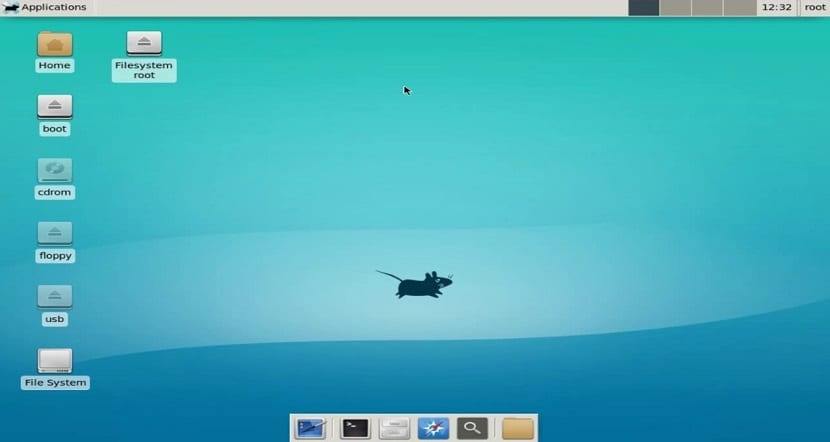
The release of the new version of the Linux distribution Alpine Linux 3.10 has just been presented, version that comes with the addition of some new features to the system.
Alpine Linux is a minimalist distribution built on the basis of a MUSL system library and a set of tools from the BusyBox. Alpine Linux uses its own package manager called apk, the OpenRC boot system, script-guided configurations, and more.
This provides you with a simple and clear Linux environment with it you can add the packages you need for your project.
About Alpine Linux
The distribution kit is characterized by higher security requirements and is built with SSP patches (Stack Smashing Protection). OpenRC is used as initialization system, its own apk package manager is used to manage packages. Alpine is used to create official Docker container images.
So whether you're building a home PVR or iSCSI storage controller, ultra-slim mail server container, or a rock-solid integrated switch, nothing else will get in the way.
The kernel is patched with an unofficial grsecurity / PaX port, and all userland binaries are compiled as position independent executables (PIEs) with stack crush protection.
Alpine Linux versions
The project is distributed in multiple editions, each with its own purpose and abilities.
The main edition is called Alpine Linux Standard, includes some of the most widely used packages and is geared towards servers and routers that run directly from RAM (system memory).
The second edition is called Alpine Linux Mini and it is actually a minimal version of Alpine Linux Standard. It comes with only a few basic packages and can be to install the operating system from the network.

The third edition is called Alpine Linux VServer and includes only Vserver host packages. Network professionals can use this Alpine flavor to implement VServer hosts that run directly from RAM.
The binary packages are scaled down and split, giving you even more control over what you install, which in turn keeps your environment as small and efficient as possible.
With this the distribution takes into account performance and safety, Therefore, given its focus, this distribution also offers us images of your system so that it can be used even in mini computers with ARM devices.
Therefore, this distribution can be installed even on a Raspberry Pi, of which I have already shared some systems here on the blog for this great device.
What's new in 3.10?
In this new version of Alpine Linux 3.10 an IWD Wi-Fi daemon is included, developed by Intel as an alternative to wpa_supplicant, Besides that Serial and Ethernet port support has been added for ARM boards.
Within the new packages added we can find for the distributed storage and Ceph file system.
LightDM Display Manager was also added to the system.
While the updated versions of the system packages reach their new versions: Linux kernel 4.19.53, GCC 8.3.0, Busybox 1.30.1, musl libc 1.1.22, LLVM 8.0.0, Go 1.12.6, Python 3.7.3, Perl 5.28.2, Rust 1.34.2, Crystal 0.29.0, PHP 7.3.6, Erlang 22.0.2, Zabbix 4.2.3, Nextcloud 16.0.1, Git 2.22.0, OpenJDK 11.0.4, Xen 4.12.0, Qemu 4.0.0.
The Qt4, Truecrypt and MongoDB packages were removed (due to the transfer of this DBMS to a proprietary license
If you want to download this new Alpine Linux update, you must go to the official website of the project where you can obtain the image of the system according to the architecture of the equipment where you will use it.
You should also know that this distribution has an image to use on Raspberry Pi.
The link of download is this
The boot boot images (x86_64, x86, armhf, aarch64, armv7, ppc64le, s390x) are prepared in five versions: standard (124 MB), with an unpatched kernel (116 MB), extended (424 MB) and for virtual machines (36 MB).